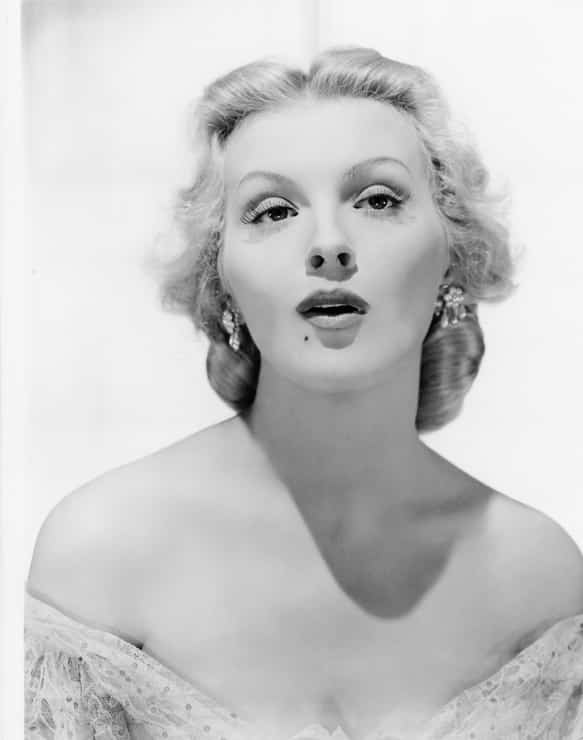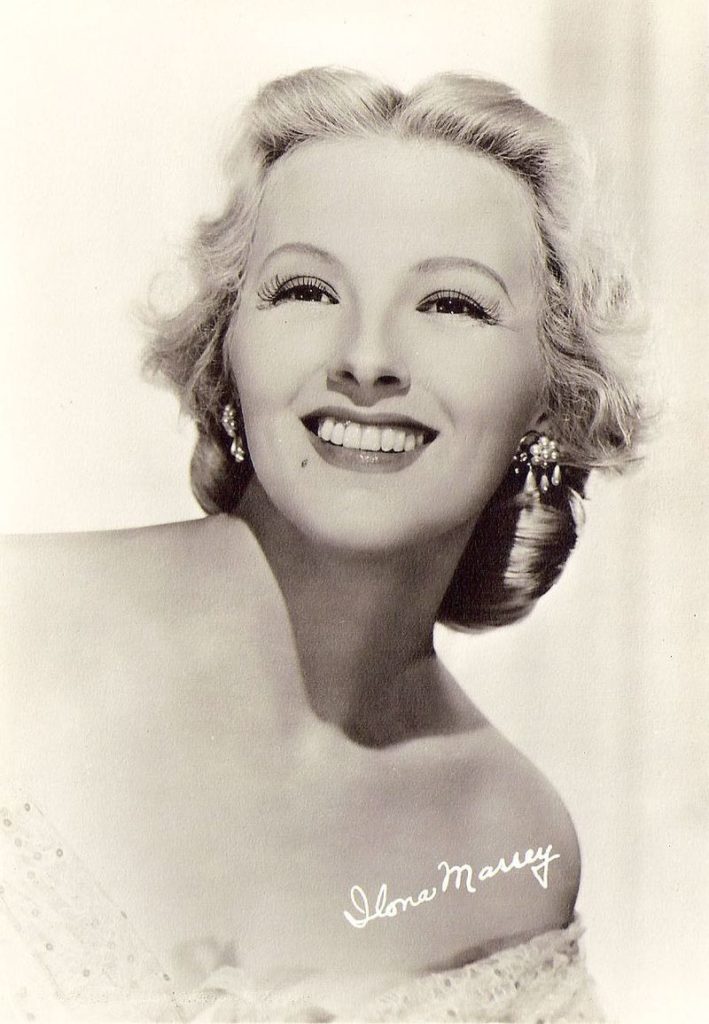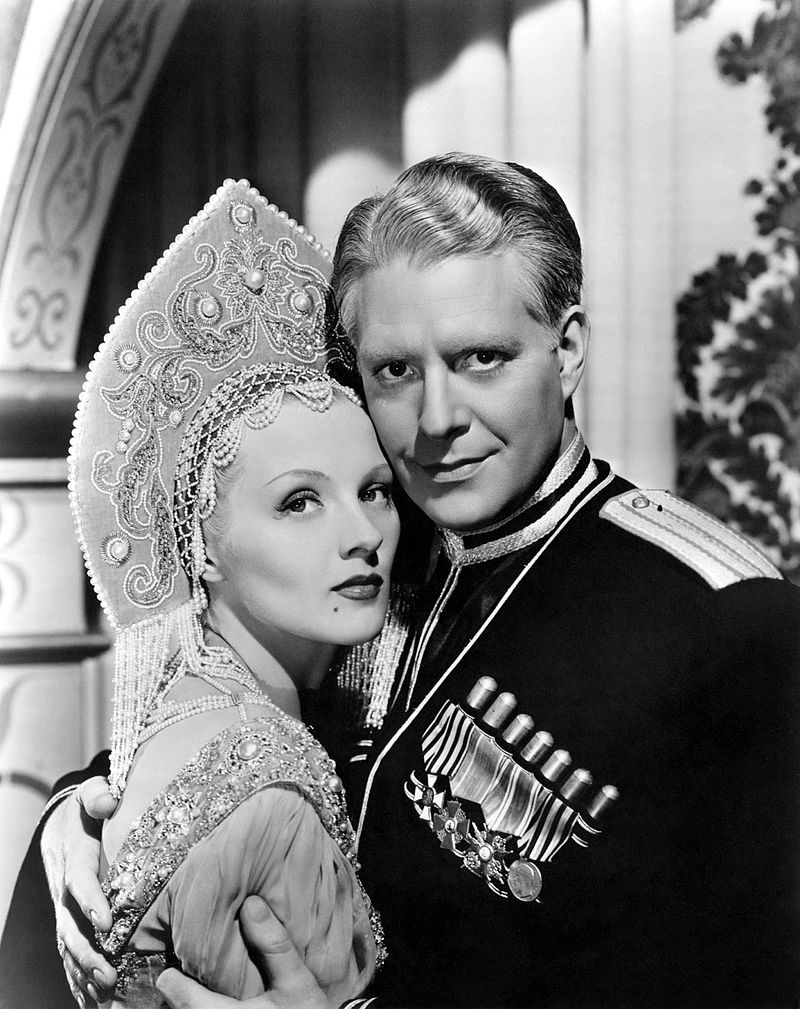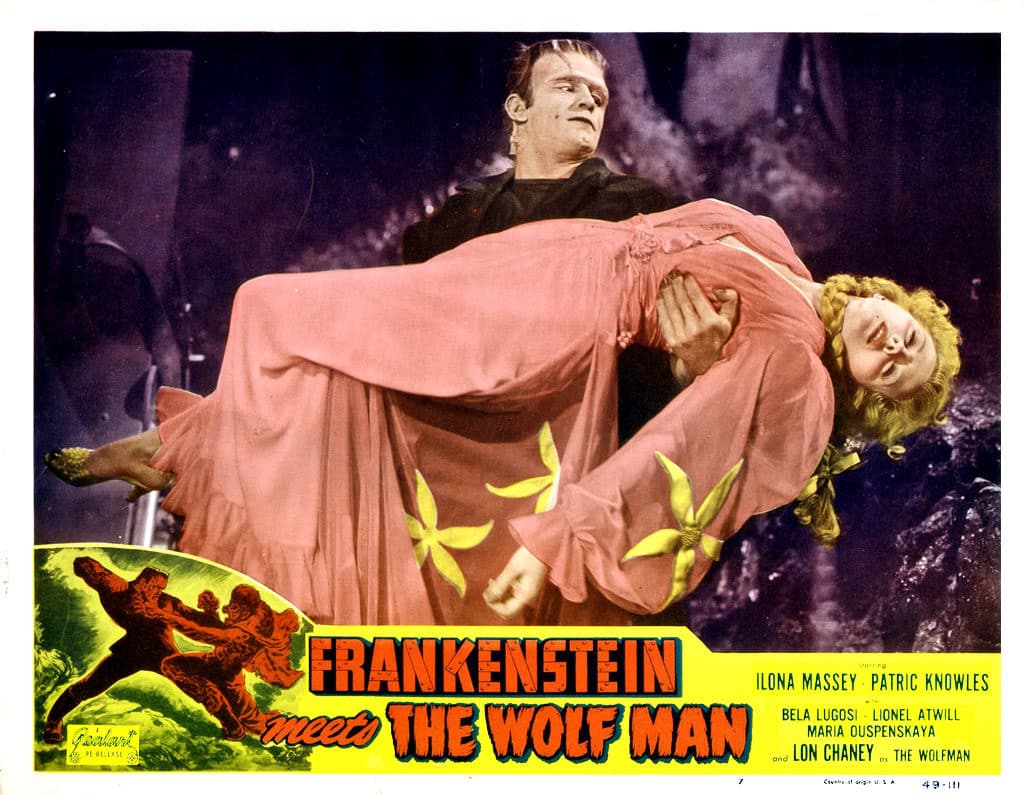The story of the Hungarian actress who became a tailor and was later celebrated in Hollywood
From a famous opera singer, she became a star in Hollywood, and later, the leading lady of cheap B-category movies in the States. She was such a shining star that she even received a star on the Hollywood Walk of Fame. Meanwhile, she never forgot who she was and where she came from and even raised her voice to support the revolution and uprising of 1956.
Ilona Massey (born as Ilona Hajmássy) was born on June 16, 1910, in Budapest. The family lived in poverty and barely had something to eat each day. After finishing school, she started to learn to become a sewer, and in 1927, she became a professional female tailor. She also worked at a hair salon but started to get closer to the theatre. Later, she applied to the Royal Theatre in Budapest.
“What can you do?” asked the director. “Nothing,” answered Massey. “Can you sing?” “No, I can’t.” “Can you dance?” “No, I can’t.” “Then what do you want?” “I want to become a showgirl.”

Despite her not being talented in anything at all, the theatre hired her and gave her the first roles on stage. She eventually became successful and was a pleasure to watch on stage. During one of her performances, a Hungarian photographer accidentally took a photo of her. The picture was so great that he sold it to a Hungarian newspaper and even sent it to Berlin. She became an international phenomenon later. By this time, she also debuted in the cinema in 1935 with two Austrian movies.
During this time, Louis B. Mayer, the director of the Metro-Goldwyn-Mayer Studio from the United States, visited Budapest and looked for young and talented actors and actresses. He immediately set an eye on Massey, and just like in the case of Hungarian silent movie star Vilma Bánky, she was also brought to the States to start a new career.

Massey considered her Hungarian career finished and was ready to start a new one in Hollywood. She debuted in the movie Rosalie in 1937, which became a box office hit. Her next production, Balalajka, was an even bigger success. She immediately became a star in America. The New York Times wrote the following about her:
“She looks like Dietrich and speaks like Garbo and is going to smile from the cover of magazines and newspapers like nobody else.”
Later on in her career, she received a role in the infamous movie called Frankenstein meets the Wolf Man. As these movies were never about female characters and actresses, it was an incredible thing for a woman to play in one of these movies, and Massey is the only emigrated Hungarian actress who got this opportunity. Her co-star was Hungarian actor Béla Lugosi, and they usually had a conversation backstage in Hungarian.


During the Hungarian revolution and uprising of 1956, she supported Hungarians with everything she could. She spoke up for the country and organised events and protests. She even collected financial support for Hungary.
She died on August 20, 1972, of cancer. She could have been the most famous actress of all time, but only a small bunch of movies were enough to write herself into history and receive a star on the Hollywood Walk of Fame. She never forgot her Hungarian roots and was incredibly grateful for what life gave her.





